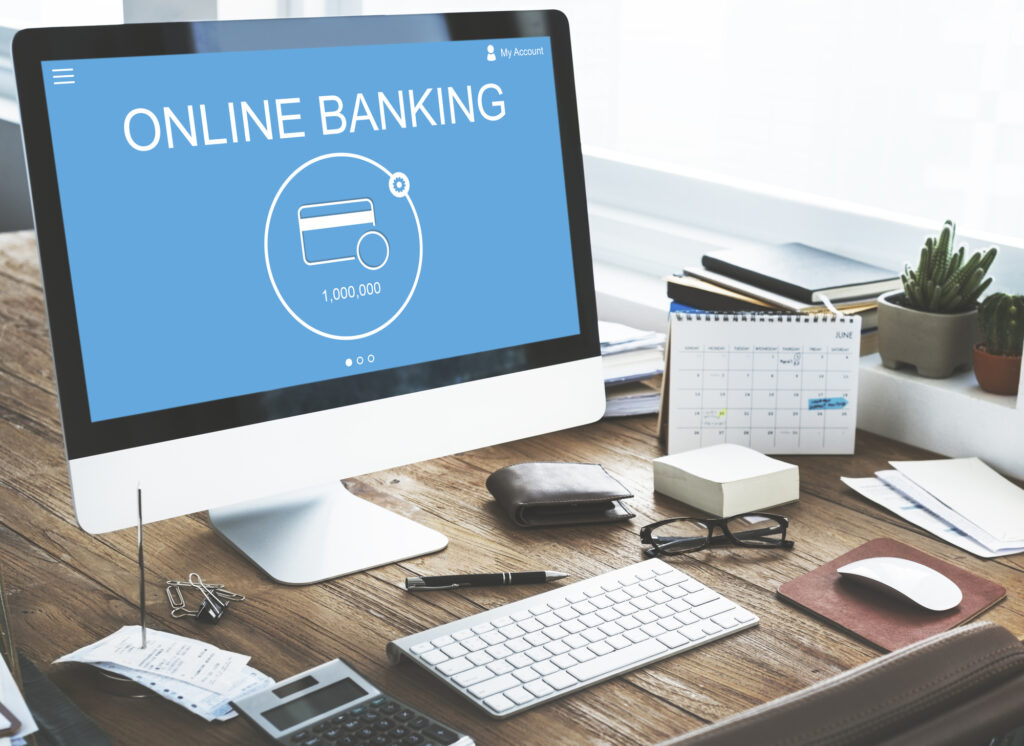
In today’s digital age, the convenience of managing finances from the comfort of your own home has become a necessity rather than a luxury. Online banking offers unparalleled ease and accessibility, allowing individuals to conduct their financial affairs with just a few clicks. If you’re considering opening an online bank account, here’s a comprehensive guide to help you navigate the process smoothly.
Contents
Why Choose an Online Bank Account?
In an era defined by digital convenience, the allure of online banking extends far beyond mere accessibility, offering a plethora of advantages over traditional brick-and-mortar institutions.
- Convenience: Online banking allows you to manage your finances anytime, anywhere, eliminating the need to visit a physical branch during limited operating hours.
- Accessibility: With mobile banking apps, you can check your account balance, transfer funds, pay bills, and even deposit checks using your smartphone or tablet.
- Lower Fees: Many online banks offer lower fees compared to traditional brick-and-mortar institutions. They often have fewer overhead costs, allowing them to pass on the savings to their customers.
- Higher Interest Rates: Some online banks offer competitive interest rates on savings accounts and CDs, helping your money grow faster compared to traditional banks.
What to Look for in an Online Bank?
When considering the transition to online banking, it’s imperative to discern key features that ensure security, cost-effectiveness, and seamless digital management of your finances.
- Security: Ensure the bank uses robust encryption and security measures to protect your personal and financial information.
- Fees and Charges: Review the fee schedule carefully, including monthly maintenance fees, ATM fees, overdraft fees, and any other charges associated with the account.
- Customer Service: Look for a bank that offers reliable customer support through various channels, such as phone, email, and live chat.
- Mobile App: A user-friendly mobile app with features like mobile check deposit, account alerts, and budgeting tools can enhance your banking experience.
- ATM Network: Check if the bank has a wide ATM network or reimburses ATM fees incurred at out-of-network ATMs.
Types of Online Bank Accounts
As you look into the realm of online banking, understanding the diverse array of account options—from everyday transactional accounts to long-term savings vehicles—empowers you to align your financial objectives with the most suitable banking products.
- Checking Accounts: Ideal for everyday transactions, checking accounts typically offer features like debit cards, online bill pay, and direct deposit.
- Savings Accounts: Designed to help you save money, savings accounts may offer higher interest rates than checking accounts and often have no monthly maintenance fees.
- Certificates of Deposit (CDs): CDs allow you to earn a fixed interest rate for a specified period, ranging from a few months to several years, with higher rates for longer terms.
- Money Market Accounts: Money market accounts combine the features of checking and savings accounts, offering higher interest rates while providing limited check-writing abilities.
How to Open an Online Bank Account
Embarking on the journey of opening an online bank account entails a systematic process, from meticulous research and document preparation to the seamless completion of digital applications, ensuring a smooth transition into the realm of digital finance.
- Research and Compare: Start by researching different online banks and comparing their features, fees, interest rates, and customer reviews.
- Gather Required Documents: Typically, you’ll need to provide personal information such as your name, address, Social Security number, and a form of identification (driver’s license, passport, etc.).
- Choose the Account Type: Select the type of account that best suits your financial goals, whether it’s a checking, savings, CD, or money market account.
- Apply Online: Visit the bank’s website or download their mobile app to begin the application process. Fill out the required forms and provide the necessary documentation.
- Verify Your Identity: The bank may ask you to verify your identity through methods such as uploading a photo of your ID or answering security questions.
- Fund Your Account: Once your application is approved, you’ll need to fund your account. This can usually be done through electronic transfer from another bank account, mobile check deposit, or by mailing a check.
- Set Up Online Banking: After funding your account, set up online banking and download the mobile app (if available) to start managing your finances digitally.
Top-Rated Online Banks
Several online banks have garnered acclaim for their innovative features, competitive rates, and exceptional customer service.
- Ally Bank consistently ranks among the top choices, lauded for its user-friendly interface, extensive ATM network, and high-interest savings accounts.
- Discover Bank is another standout option, known for its no-fee accounts, robust mobile app, and cashback rewards on debit card purchases.
- Capital One 360 offers a comprehensive suite of banking products, including checking, savings, CDs, and money market accounts, complemented by 24/7 customer support and convenient mobile banking features.
- Marcus by Goldman Sachs has gained popularity for its competitive interest rates on savings accounts and CDs, as well as its transparent fee structure and hassle-free online experience.
These top-rated online banks prioritize convenience, affordability, and customer satisfaction, making them compelling choices for those seeking to optimize their banking experience in the digital realm.
Conclusion
Opening an online bank account is a convenient and straightforward process that offers numerous benefits over traditional banking. By choosing the right online bank and account type, you can enjoy easy access to your funds, competitive interest rates, and personalized financial services tailored to your needs.




